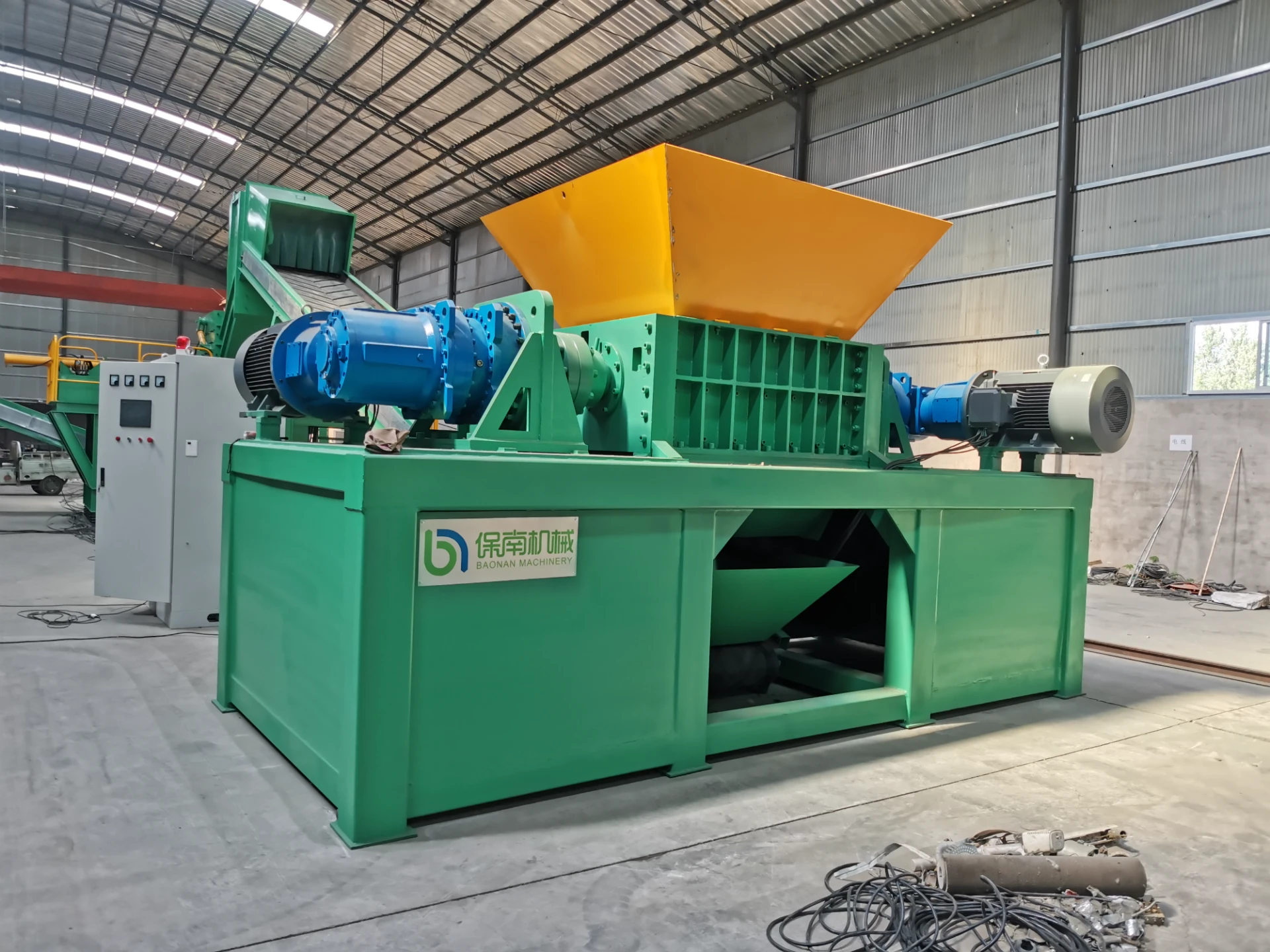

Dec . 05, 2024 16:45 Back to list
The Importance of E-Waste Recycling Machines
In today's digital age, electronic waste, or e-waste, has become one of the fastest-growing waste streams globally. With the rapid advancement of technology, we find ourselves upgrading our devices more frequently, leading to a surge in discarded electronics. This trend poses significant environmental challenges, as the improper disposal of electronic devices can result in hazardous materials leaching into the environment. To address this pressing issue, e-waste recycling machines play a vital role in ensuring the responsible recycling and processing of electronic waste.
The Importance of E-Waste Recycling Machines
E-waste recycling machines are engineered to dismantle and process electronic devices safely. They can separate various components, including metals, plastics, and glass, ensuring that each material is appropriately recycled. This not only reduces the volume of waste sent to landfills but also conserves valuable resources. For instance, precious metals such as gold, silver, and copper can be recovered from discarded electronics and reused in the manufacturing of new products, minimizing the need for mining and extraction.

One of the primary advantages of using e-waste recycling machines is their ability to process waste more efficiently than manual dismantling. These machines can operate at higher speeds, significantly increasing the amount of e-waste that can be processed in a given timeframe. Furthermore, they minimize the risks associated with handling hazardous materials. Workers in e-waste recycling facilities are often exposed to dangerous substances when dismantling devices manually. By utilizing advanced machinery, the exposure risks are reduced, creating a safer work environment.
Moreover, the global demand for raw materials continues to rise, which further underscores the necessity of e-waste recycling. As nations strive for sustainable development, recycling machines provide a solution by transforming waste into valuable resources. For example, recycled aluminum and plastics obtained from e-waste can be repurposed, reducing the carbon footprint associated with new material production. This circular economy approach not only aids in resource conservation but also mitigates the environmental impact of electronic waste.
The promotion of e-waste recycling machines is not solely the responsibility of manufacturers and recyclers; it also requires the active participation of consumers. Raising awareness about the importance of recycling electronics can encourage individuals to dispose of their old devices responsibly. Many communities now offer designated e-waste recycling events or drop-off locations to simplify the process for consumers. By taking advantage of these resources, people can help ensure that their electronic devices are recycled properly.
In conclusion, e-waste recycling machines are essential tools in the battle against the growing challenge of electronic waste. They facilitate efficient and safe processing, contribute to resource recovery, and help promote environmental sustainability. As we continue to embrace new technology, it is imperative that we also adopt responsible disposal practices. By supporting and investing in e-waste recycling initiatives, we can work towards a cleaner, healthier planet for future generations.
Latest news
Troubleshooting Common Eddy Separator Problems
NewsJul.04,2025
The Role of Metal Recycling Plants in Circular Economy
NewsJul.04,2025
The Impact of Recycling Line Pickers on Waste Management Costs
NewsJul.04,2025
Safety Features Every Metal Shredder Should Have
NewsJul.04,2025
How Industrial Shredders Improve Waste Management Systems
NewsJul.04,2025
How Cable Granulators Contribute to Sustainable Recycling
NewsJul.04,2025